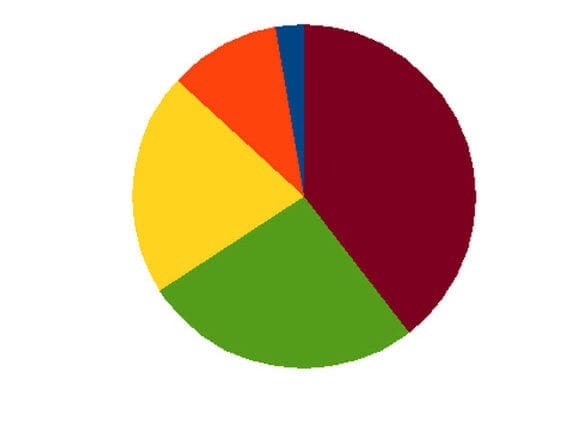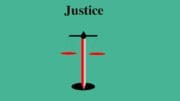[This is one of a series presenting statistics about Cobb County, taken from publicly available data sources. We aim to use charts to make the data easy to understand.]
Below is a graph of SNAP recipients in Cobb County between January 1, 1989 and January 1, 2021, as compiled by the FRED project of the Federal Reserve Bank of St. Louis, using data from the U.S. Census Bureau’s Small Area Income and Poverty Estimate (SAIPE) program.
SNAP, or the Supplemental Nutrition Assistance Program, was formerly known as Food Stamps. The web page for SNAP states, “SNAP provides nutrition benefits to supplement the food budget of needy families so they can purchase healthy food and move towards self-sufficiency.”
Why did the number drop from 2012 to 2019?
According to a 2017 analysis in Newsweek, “Under the program, working-age adults without children can receive benefits for three months in three years. After that time limit, they must work at least 80 hours per month or participate in an education or job training program for that same amount of time.”
During periods of high unemployment rates states can receive waivers for the three-month limit.
As a result of the 2008 recession, many states, including Georgia, implemented the waivers. As the economy began improving, the waivers were dropped causing a spike in recipients dropped from the program.
“On April 1, 2016, after the first three-month period passed, an estimated 500,000 to 1 million people in 22 states lost their benefits,” the Newsweek article reported.
Why did the numbers spike in 2019, then drop again?
The USDA, which manages the SNAP program, posted the following on its website that explains the increase in SNAP funds due to COVID, and the removal of those enhanced funds:
In response to the pandemic, Congress temporarily increased SNAP benefits in two ways: raising all benefits by 15% and boosting every household to the maximum benefit for their household size. In April 2021, USDA took action to ensure that boost increased benefits for all households by at least $95 to help very low-income families who already received the maximum benefit – or close to it – before the pandemic.
The 15% increase expired for everyone on Sept. 30, 2021. The maximum benefit boost ends when a participant’s state or the federal government ends their pandemic emergency status.
More on the FRED graph
The FRED website describes the SNAP benefit report as follows:
The U.S. Census Bureau provides annual estimates of income and poverty statistics for all school districts, counties, and states through the Small Area Income and Poverty Estimates (SAIPE) program. The bureau’s main objective with this program is to provide estimates of income and poverty for the administration of federal programs and the allocation of federal funds to local jurisdictions. In addition to these federal programs, state and local programs use the income and poverty estimates for distributing funds and managing programs.
SNAP benefits are one of the data sources used in producing SAIPE program estimates. The Supplemental Nutrition Assistance Program (SNAP) is the name for what was formerly known as the federal Food Stamp Program, as of October 1, 2008. The SNAP benefits data represent the number of participants in the Supplemental Nutrition Assistance Program for each county, state, and the District of Columbia from 1981 to the latest available year.
See more details about SAIPE Model Input Data.





